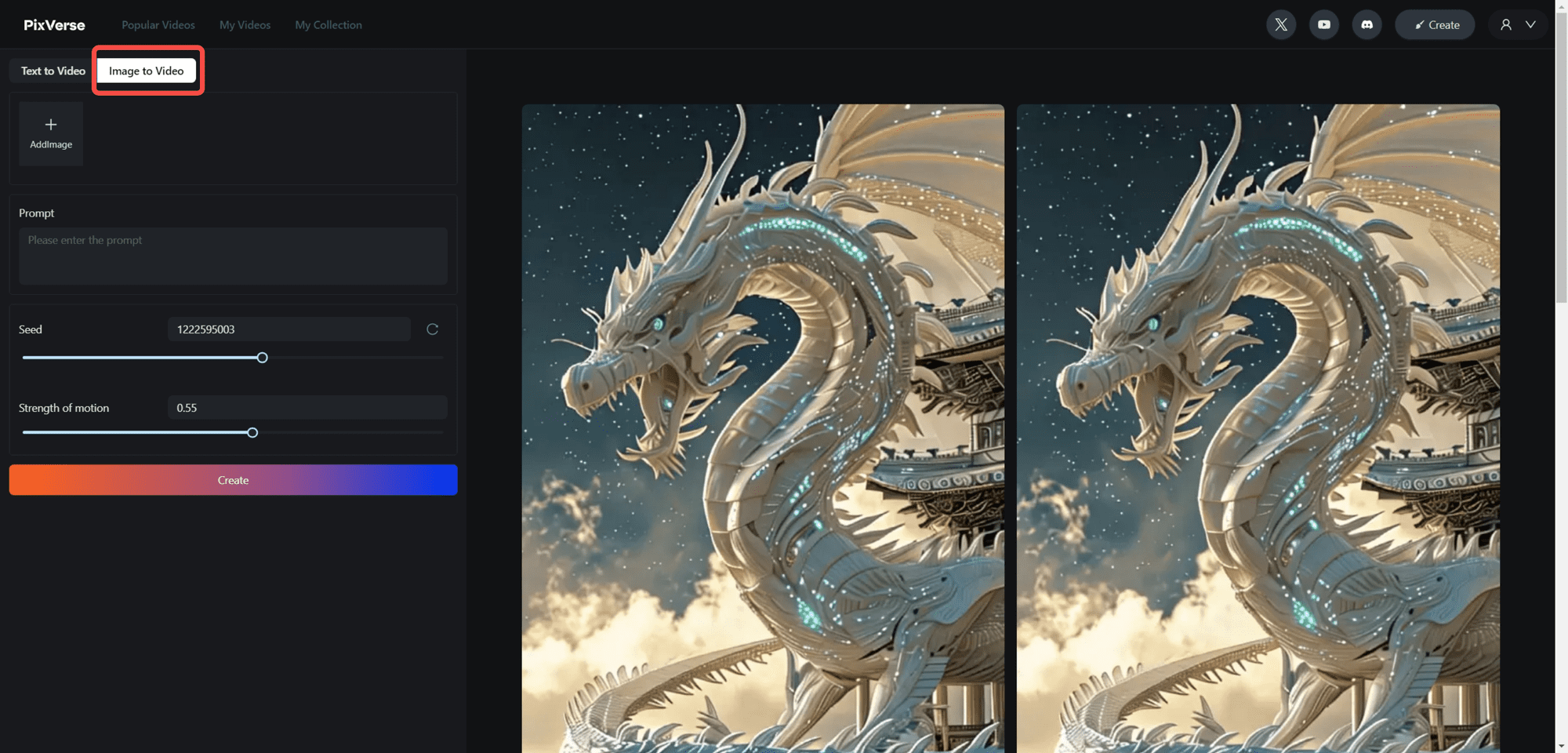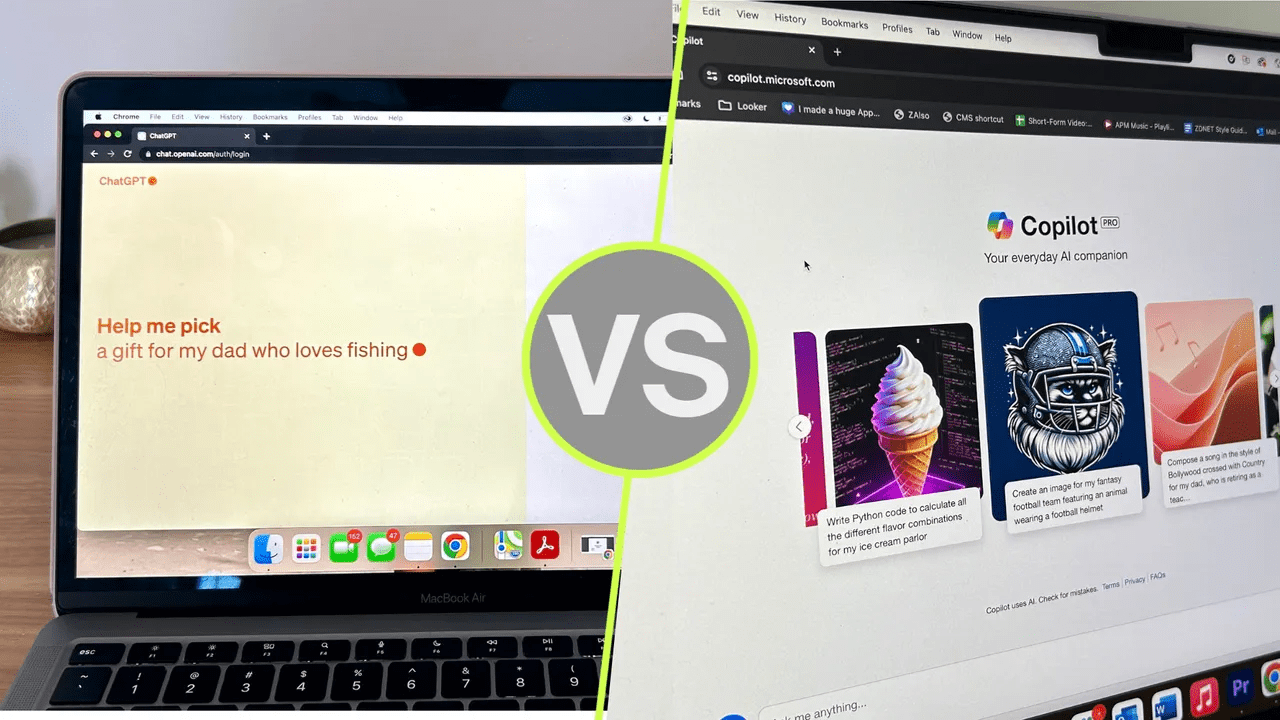Criação de um aplicativo RAG nativo com Ollama+LangChain
O tutorial pressupõe que você já esteja familiarizado com os seguintes conceitos.
- Modelos de bate-papo
- Encadeamento de runnables
- Embeddings
- Lojas de vetores
- Geração aumentada por recuperação
Muitos itens populares, como llama.cpp , Ollama e llamafile mostra a importância de executar grandes modelos de linguagem em ambientes locais.
O LangChain é semelhante a uma série de aplicativos executados localmente Fornecedores de LLM de código aberto Existem integrações, e o Ollama é uma delas.
Configurações ambientais
Primeiro, precisamos configurar o ambiente.
O repositório GitHub da Ollama fornece uma descrição detalhada, resumida a seguir.
- Faça o download e execute o aplicativo Ollama
- Na linha de comando, consulte a lista de modelos do Ollama e o arquivo Lista de modelos de incorporação de texto Puxando o modelo. Nesse tutorial, usamos o
llama3.1:8bresponder cantandonomic-embed-textExemplo.- entrada de linha de comando
ollama pull llama3.1:8bExtração de modelos genéricos de linguagens grandes de código abertollama3.1:8b - entrada de linha de comando
ollama pull nomic-embed-textpuxar Modelo de incorporação de textonomic-embed-text
- entrada de linha de comando
- Quando o aplicativo estiver em execução, todos os modelos estarão automaticamente na pasta
localhost:11434ir contra a corrente - Observe que a seleção do modelo precisa levar em conta os recursos do hardware local, o tamanho da memória de vídeo de referência para este tutorial
GPU Memory > 8GB
Em seguida, instale os pacotes necessários para a incorporação local, o armazenamento de vetores e a inferência de modelos.
# langchain_community
%pip install -qU langchain langchain_community
# Chroma
%pip install -qU langchain_chroma
# Ollama
%pip install -qU langchain_ollama
Note: you may need to restart the kernel to use updated packages.
Note: you may need to restart the kernel to use updated packages.
Note: you may need to restart the kernel to use updated packages.
Você também pode Veja esta página para obter uma lista completa dos modelos de incorporação disponíveis
Carregamento de documentos
Agora vamos carregar e dividir um documento de amostra.
Usaremos o artigo de Lilian Weng sobre o Agente blog (palavra emprestada) Por exemplo.
from langchain.text_splitter import RecursiveCharacterTextSplitter
from langchain_community.document_loaders import WebBaseLoader
loader = WebBaseLoader("https://lilianweng.github.io/posts/2023-06-23-agent/")
data = loader.load()
text_splitter = RecursiveCharacterTextSplitter(chunk_size=500, chunk_overlap=0)
all_splits = text_splitter.split_documents(data)
Em seguida, o armazenamento de vetores é inicializado. O modelo de incorporação de texto que usamos é nomic-embed-text .
from langchain_chroma import Chroma
from langchain_ollama import OllamaEmbeddings
local_embeddings = OllamaEmbeddings(model="nomic-embed-text")
vectorstore = Chroma.from_documents(documents=all_splits, embedding=local_embeddings)
Agora temos um banco de dados vetorial local! Vamos testar brevemente a pesquisa de similaridade.
question = "What are the approaches to Task Decomposition?"
docs = vectorstore.similarity_search(question)
len(docs)
4
docs[0]
Document(metadata={'description': 'Building agents with LLM (large language model) as its core controller is a cool concept. Several proof-of-concepts demos, such as AutoGPT, GPT-Engineer and BabyAGI, serve as inspiring examples. The potentiality of LLM extends beyond generating well-written copies, stories, essays and programs; it can be framed as a powerful general problem solver.\nAgent System Overview In a LLM-powered autonomous agent system, LLM functions as the agent’s brain, complemented by several key components:', 'language': 'en', 'source': 'https://lilianweng.github.io/posts/2023-06-23-agent/', 'title': "LLM Powered Autonomous Agents | Lil'Log"}, page_content='Task decomposition can be done (1) by LLM with simple prompting like "Steps for XYZ.\\n1.", "What are the subgoals for achieving XYZ?", (2) by using task-specific instructions; e.g. "Write a story outline." for writing a novel, or (3) with human inputs.')
Em seguida, instanciar o modelo de linguagem grande llama3.1:8b e testar se o raciocínio do modelo está funcionando corretamente:
from langchain_ollama import ChatOllama
model = ChatOllama(
model="llama3.1:8b",
)
response_message = model.invoke(
"Simulate a rap battle between Stephen Colbert and John Oliver"
)
print(response_message.content)
**The scene is set: a packed arena, the crowd on their feet. In the blue corner, we have Stephen Colbert, aka "The O'Reilly Factor" himself. In the red corner, the challenger, John Oliver. The judges are announced as Tina Fey, Larry Wilmore, and Patton Oswalt. The crowd roars as the two opponents face off.**
**Stephen Colbert (aka "The Truth with a Twist"):**
Yo, I'm the king of satire, the one they all fear
My show's on late, but my jokes are clear
I skewer the politicians, with precision and might
They tremble at my wit, day and night
**John Oliver:**
Hold up, Stevie boy, you may have had your time
But I'm the new kid on the block, with a different prime
Time to wake up from that 90s coma, son
My show's got bite, and my facts are never done
**Stephen Colbert:**
Oh, so you think you're the one, with the "Last Week" crown
But your jokes are stale, like the ones I wore down
I'm the master of absurdity, the lord of the spin
You're just a British import, trying to fit in
**John Oliver:**
Stevie, my friend, you may have been the first
But I've got the skill and the wit, that's never blurred
My show's not afraid, to take on the fray
I'm the one who'll make you think, come what may
**Stephen Colbert:**
Well, it's time for a showdown, like two old friends
Let's see whose satire reigns supreme, till the very end
But I've got a secret, that might just seal your fate
My humor's contagious, and it's already too late!
**John Oliver:**
Bring it on, Stevie! I'm ready for you
I'll take on your jokes, and show them what to do
My sarcasm's sharp, like a scalpel in the night
You're just a relic of the past, without a fight
**The judges deliberate, weighing the rhymes and the flow. Finally, they announce their decision:**
Tina Fey: I've got to go with John Oliver. His jokes were sharper, and his delivery was smoother.
Larry Wilmore: Agreed! But Stephen Colbert's still got that old-school charm.
Patton Oswalt: You know what? It's a tie. Both of them brought the heat!
**The crowd goes wild as both opponents take a bow. The rap battle may be over, but the satire war is just beginning...
Construção de expressões em cadeia
Podemos passar o documento recuperado e um prompt simples para criar um summarization chain .
Ele formata o modelo de prompt usando os valores de chave de entrada fornecidos e passa a cadeia de caracteres formatada para o modelo especificado:
from langchain_core.output_parsers import StrOutputParser
from langchain_core.prompts import ChatPromptTemplate
prompt = ChatPromptTemplate.from_template(
"Summarize the main themes in these retrieved docs: {docs}"
)
# 将传入的文档转换成字符串的形式
def format_docs(docs):
return "\n\n".join(doc.page_content for doc in docs)
chain = {"docs": format_docs} | prompt | model | StrOutputParser()
question = "What are the approaches to Task Decomposition?"
docs = vectorstore.similarity_search(question)
chain.invoke(docs)
'The main themes in these documents are:\n\n1. **Task Decomposition**: The process of breaking down complex tasks into smaller, manageable subgoals is crucial for efficient task handling.\n2. **Autonomous Agent System**: A system powered by Large Language Models (LLMs) that can perform planning, reflection, and refinement to improve the quality of final results.\n3. **Challenges in Planning and Decomposition**:\n\t* Long-term planning and task decomposition are challenging for LLMs.\n\t* Adjusting plans when faced with unexpected errors is difficult for LLMs.\n\t* Humans learn from trial and error, making them more robust than LLMs in certain situations.\n\nOverall, the documents highlight the importance of task decomposition and planning in autonomous agent systems powered by LLMs, as well as the challenges that still need to be addressed.'
Controle de qualidade simples
from langchain_core.runnables import RunnablePassthrough
RAG_TEMPLATE = """
You are an assistant for question-answering tasks. Use the following pieces of retrieved context to answer the question. If you don't know the answer, just say that you don't know. Use three sentences maximum and keep the answer concise.
<context>
{context}
</context>
Answer the following question:
{question}"""
rag_prompt = ChatPromptTemplate.from_template(RAG_TEMPLATE)
chain = (
RunnablePassthrough.assign(context=lambda input: format_docs(input["context"]))
| rag_prompt
| model
| StrOutputParser()
)
question = "What are the approaches to Task Decomposition?"
docs = vectorstore.similarity_search(question)
# Run
chain.invoke({"context": docs, "question": question})
'Task decomposition can be done through (1) simple prompting using LLM, (2) task-specific instructions, or (3) human inputs. This approach helps break down large tasks into smaller, manageable subgoals for efficient handling of complex tasks. It enables agents to plan ahead and improve the quality of final results through reflection and refinement.'
QA com pesquisa
Por fim, nosso aplicativo de controle de qualidade com recuperação semântica (local RAG aplicativos) que podem recuperar automaticamente os fragmentos de documentos semanticamente mais semelhantes de um banco de dados vetorial com base nas perguntas do usuário:
retriever = vectorstore.as_retriever()
qa_chain = (
{"context": retriever | format_docs, "question": RunnablePassthrough()}
| rag_prompt
| model
| StrOutputParser()
)
question = "What are the approaches to Task Decomposition?"
qa_chain.invoke(question)
'Task decomposition can be done through (1) simple prompting in Large Language Models (LLM), (2) using task-specific instructions, or (3) with human inputs. This process involves breaking down large tasks into smaller, manageable subgoals for efficient handling of complex tasks.'
resumos
Parabéns, neste ponto, você implementou totalmente um aplicativo RAG baseado na estrutura Langchain e nos modelos locais. Você pode usar o tutorial como base para substituir o modelo local e experimentar os efeitos e os recursos de diferentes modelos, ou estendê-lo ainda mais para enriquecer os recursos e a expressividade do aplicativo ou adicionar recursos mais úteis e interessantes.
© declaração de direitos autorais
Direitos autorais do artigo Círculo de compartilhamento de IA A todos, favor não reproduzir sem permissão.
Artigos relacionados

Nenhum comentário...




